Over three days and three events October 20 – 22, thousands of people came together online and in person to celebrate the Monarch butterfly migration during peak Monarch migration to make San Antonio’s first Monarch Butterfly and Pollinator Festival a roaring success.
Or as we say in Spanish, un gran éxito.
One could argue (and I will) that we should expect nothing less from the country’s first Monarch Butterfly Champion City, so named by the National Wildlife Federation last December.
The Festival kicked off on Thursday, October 20 with the Buen Viaje, Mariposa Monarca! art show and celebration at the Mexican Cultural Institute in downtown San Antonio.
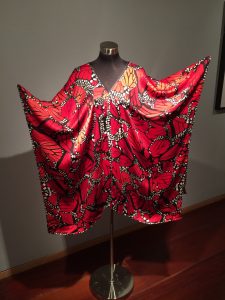
One of designers’ Pineda Covalín’s delectable Monarch butterfly gowns. Photo by Alex Holler
Recently arrived director Mónica del Arenal was so enthusiastic about the idea of a Monarch butterfly project when approached in August that within hours she had secured a commitment from Mexican nature photographer Ignacio Arcas to exhibit his work featuring the roosting sites in Michoacán.
Soon thereafter, del Arenal had a commitment from Pineda Covalín, Mexican fashion designers based in Mexico City who have an entire line of haute couture featuring textiles that show off the Monarch butterfly. The design company committed to making their permanent collection available for the exhibit. And then Mexican artist David Romero agreed to “bring the roost to San Antonio” by creating an installation at the Institute that replicates the roosting sites.
Romero arrived early in the week to install thousands of laser cut butterflies onto the light fixtures illuminating the staircase at the Institute. The effect is a dreamy interpretation of what many will never have the chance to see. The exhibit will be on display at the Institute until January 1.
About 100 people attended the opening reception, which included a discussion by Mexican Forester Dr. Cuauhtémoc Saenz Romero, Arcas and myself. Read a full account of the reception written by Rocio Guenther of the Rivard Report.
On Friday, October 21, we hosted our symposium: Climate Change and the Monarch Butterfly Migration. All 144 seats sold out.
Savvy moderator Dan Goodgame led the panel–an equal mix of scientists and citizen scientists who represented all three countries touched by the butterflies’ unique migration. The hour-and-a-half discussion ended with questions from the audience at the intimate Pearl Studio.
Joining us for the symposium: Dr. Katherine Hayhoe, rock star climate change expert from Texas Tech University who had just returned from a visit to the White House where Leonardo DiCaprio asked her for her autograph; Cathy Downs, education outreachspecialist from Monarch Watch; Mexican Forester Dr. Cuauhtémoc Saenz Romero who had been visiting Trinity University as a guest professor in ecological sciences; and myself, standing in for Catalina Trail, founder of the Monarch butterfly roosting sites in 1975, who was unable to attend due to illness.
The lively discussion touched on everything from the pros and cons of Tropical milkweed Asclepias curassavica, to whether or not “assisted migration,” or moving the Oyamel forest in Mexico where the Monarchs roost 2,000 feet higher in elevation to save it from climate change constitutes “interfering with nature.” The entire conversation will be made available online in the next week or two. Until then, here’s a great wrap up by Mitchell Hagney of the Rivard Report.
Finally, on Saturday, October 22, our Festival proper took place. Somewhere between 5-7,000 people joined us at the Pearl, a mixed used development lauded for its sense of place and respect for history on the banks of the San Antonio River. The award-winning development lived a past life as the Pearl Brewery, and owners have painstakingly conserved its character.
People showed up with their wings on to participate in the People for Pollinators parade, led by the Earn-a-Bike Coop‘s Pedaling Pollinators. Participants ambled through the Pearl grounds as the Mariachi de Corazón San Antonio marched to a festive beat, leading the crowd under blue skies and mild temperatures.
Hundreds of butterflies were released at 10:30 and noon. After brief remarks explaining the migration and tagging program, docents and young volunteers led the contained butterflies into a courtyard. After a bilingual countdown–Uno, dos tres…three, two, one–the butterflies were released as musician Adam Tutor serenaded them with his saxophone and a song composed specifically for the occasion, Fly Away, sung by Celeste Thomas.
Throughout the morning, trained butterfly docents moved through the crowd, providing one-on-one demonstrations of how to tag a Monarch butterfly, accompanied by explanations of why we do so. All in all, 559 butterflies were tagged–400 from two mass releases, and 159 in one-on-one tagging demos by our docents.
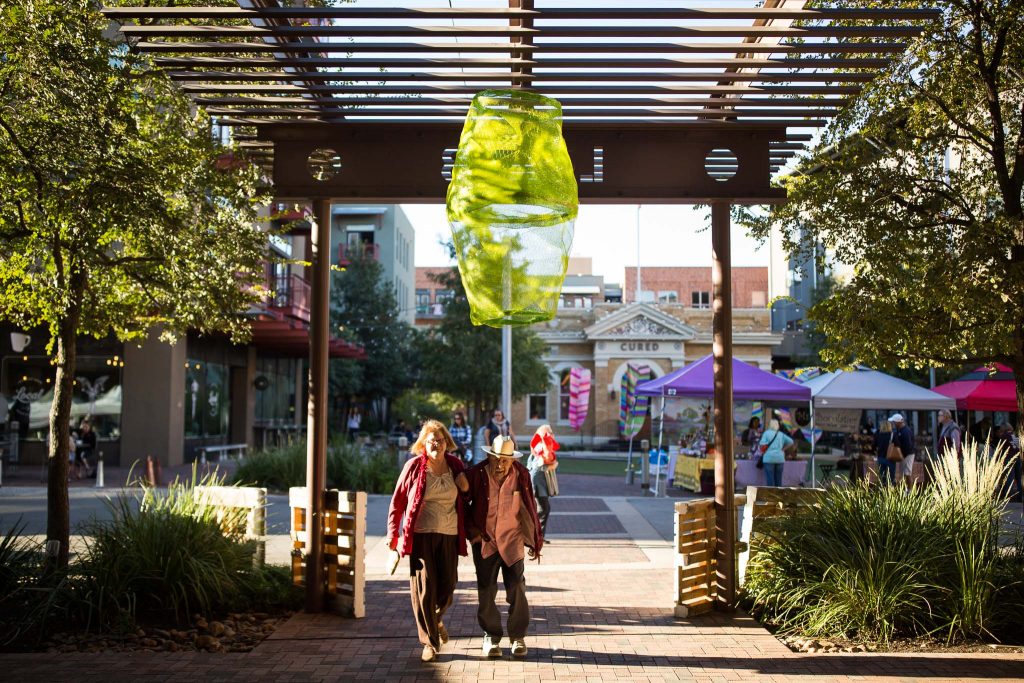
A couple attending the Monarch Butterfly and Pollinator Festival walk under the chrysalis created by TBG Partners. Photo by Scott Ball, Rivard Report
Educational partners offered engaging tables with displays of food made possible by pollinators (Green Spaces Alliance), a Monarch Jeopardy Quiz (National Wildlife Federation), live caterpillars and butterflies courtesy of Monarch Joint Venture, education about and sales of native pollinator plants (Bexar County Master Gardeners and Native Plant Society), a game featuring the function of the proboscis (San Antonio Botanical Garden), a live bee hive (Alamo Area Beekeepers), Pollinator Palooza game (San Antonio River Authority), Monarch tagging and free milkweed seeds (San Antonio Zoo)–even a pollinator kite-building exercise organized by the good folks at the Bridge Projects. Friends of the San Antonio Natural Areas, HEB, Rivard Report, and the San Antonio Hispanic Chamber of Commerce also offered education and entertainment, as well of lots of free stuff.
Our friends from TBG Partners even built triple whammy sculptures that displayed the life cycle in three installations, from egg to caterpillar, to chrysalis to butterfly.
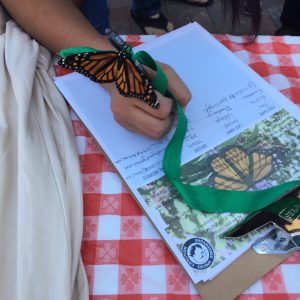
Monarch butterfly helps recruit signers for a petition to stop the copper mine at the Monarch butterfly roosting sites in Angangueo, Mexico. Photo by Alex Holler
At the Texas Butterfly Ranch booth, we sold Festival bandanas and T-shirts, while inviting people to sign a petition assembled by the Endangered Species Coalition. The petition encourages the Mexican government to stop the activation of a copper mine at the Monarch butterfly roosting sanctuaries. The butterfly pictured at right helped recruit signers, which numbered 591 by the time we finished.
Those who signed had their name enlisted in a drawing to win a “caterpillar condo” stocked with a second instar Monarch caterpillar, a chrysalis, and two tags. Natalia Rojas, a recent transplant from Chicago who now lives in San Antonio, went home with the prize.
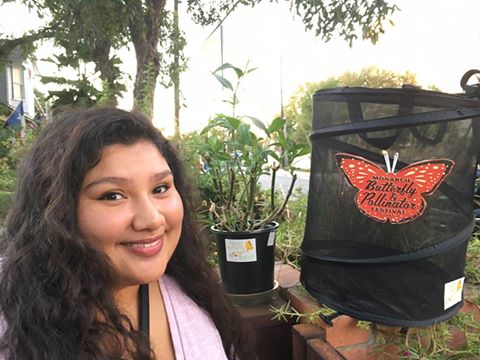
Natalia Rojas won the drawing for the caterpillar condo. Thanks to the 591 folks who signed the petition. Photo by Monika Maeckle
We feel pretty good about our first Festival and are contemplating doing it next year. If you attended, we’d love to hear your thoughts. We want to make it even better and appreciate your input. Here’s the link. To those who already took the survey, thank you!
To all our education partners, volunteers and sponsors, THANK YOU FOR YOUR SUPPORT and we hope to see you next year.
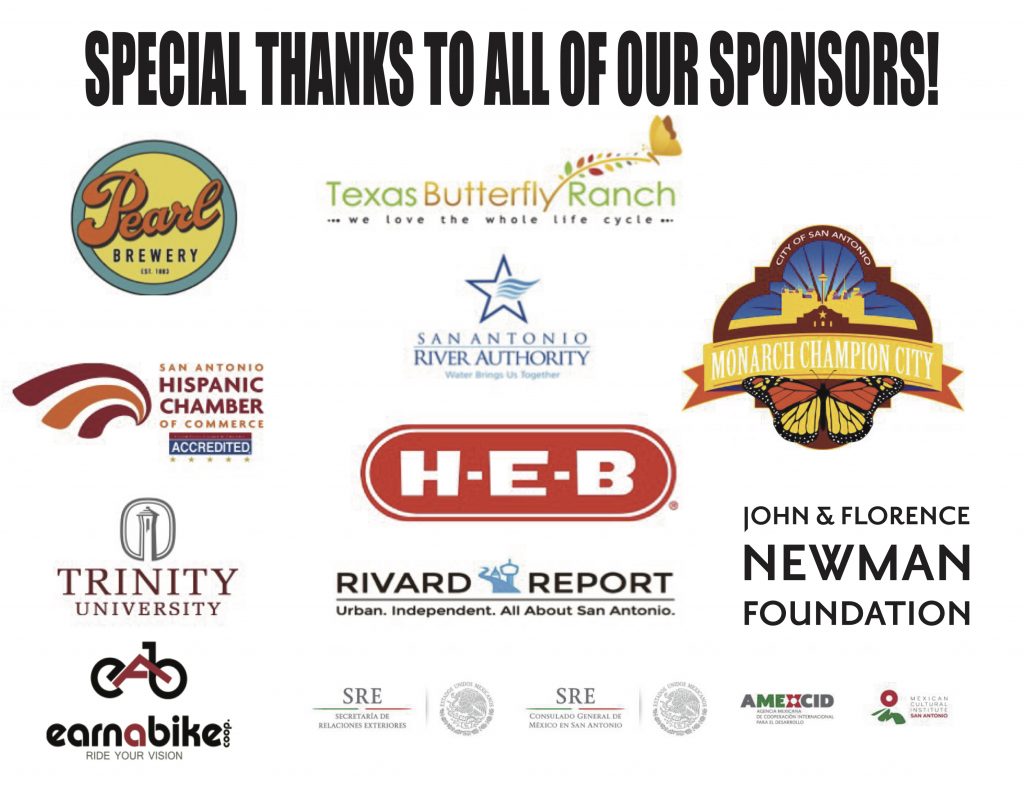 Related posts:
Related posts:
- Monarch migration update: south winds, hot temps stall butterflies on Llano River
- Can’t get outside? Here’s how to track the Monarch migration from your desk
- San Antonio named first Monarch Butterfly Champion city by National Wildlife Federation
- Texas Comptroller awards $500K in Monarch research grants
- Butterfly bonanza: Monarch netted on Llano River tagged in Oklahoma
- How to Tag a Monarch Butterfly in Six Easy Steps
- What does climate change mean for Monarch butterflies?
- Snout-nosed butterfly invasion returns to South Texas
- New study: late season nectar plants more important than milkweed to Monarch migration
- Should You Bring in a Late Season Caterpillar into Your Home?
- How to Tell Queens from Monarchs
- How to Raise Monarch Butterflies at Home (First of Two Parts)
- Coming soon: Grupo Mexico copper mine in heart of Monarch butterfly roosting sites?
- Will the Monarch Migration Become Extinct?
Like what you’re reading? Don’t miss a single article from the Texas Butterfly Ranch. Sign up for email delivery at the bottom of this page, like us on Facebook, follow us on Twitter, @monikam or on Instagram.

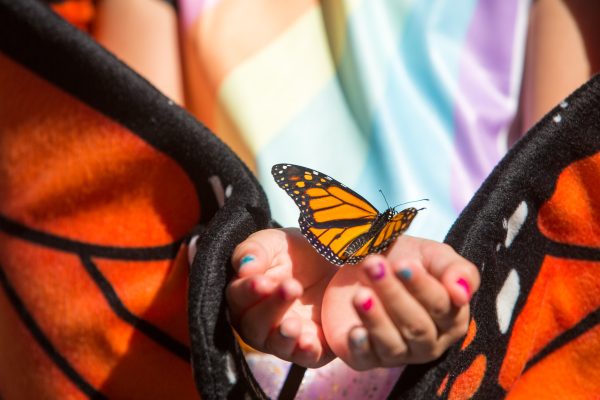
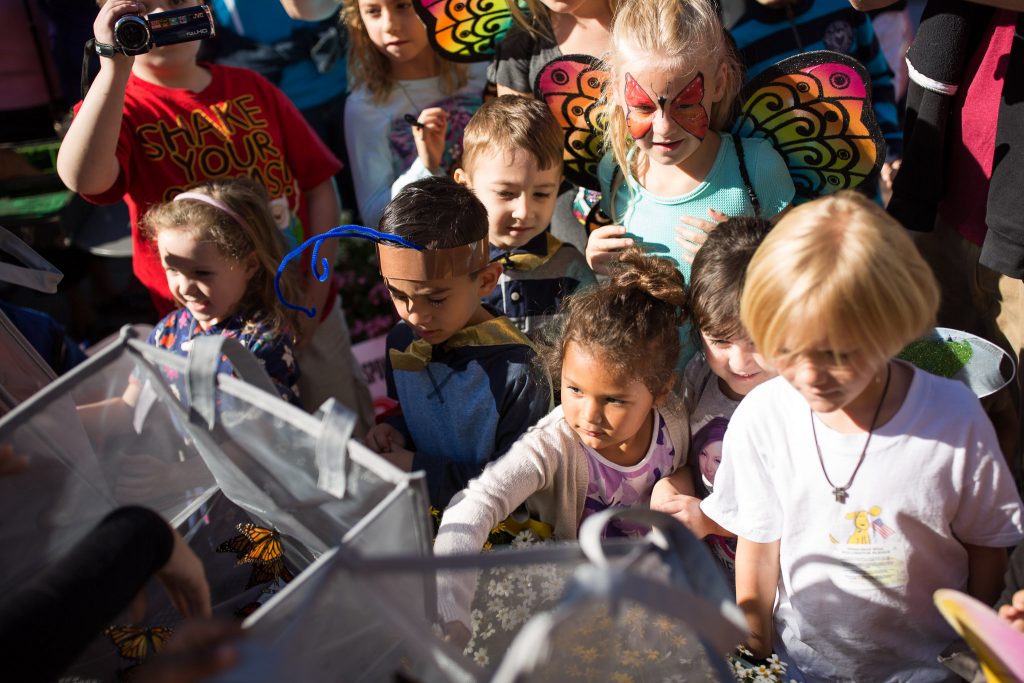
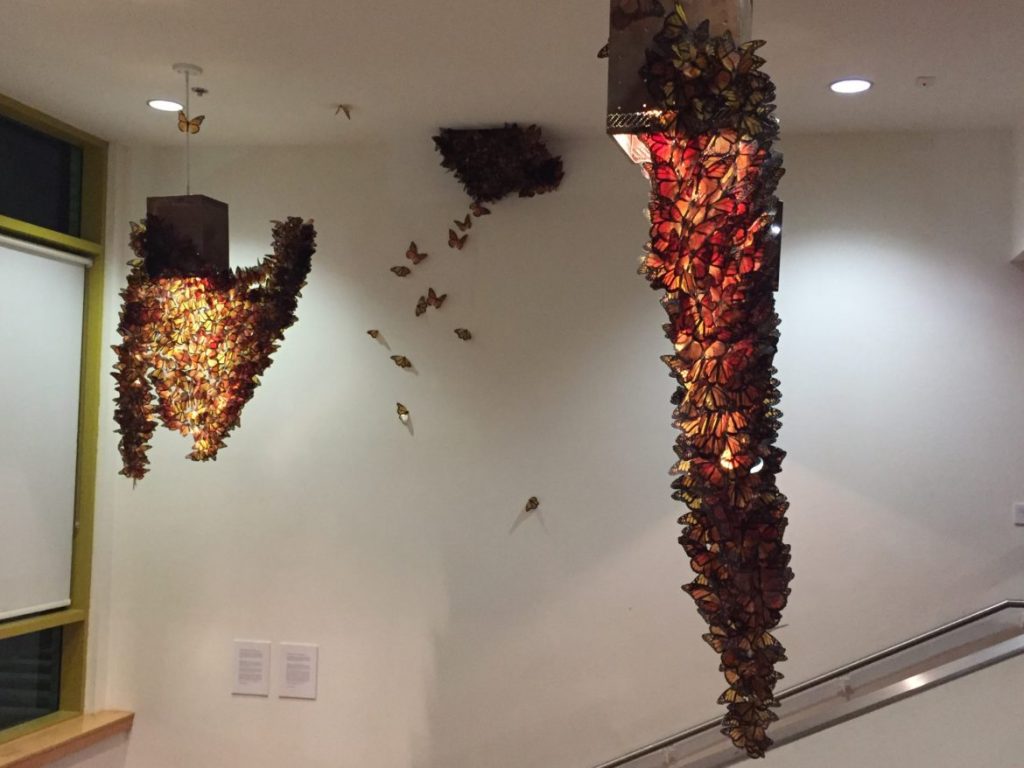
Fantastic program, Fantastic Presentation, a whole lotta people did a great job
Thank you!